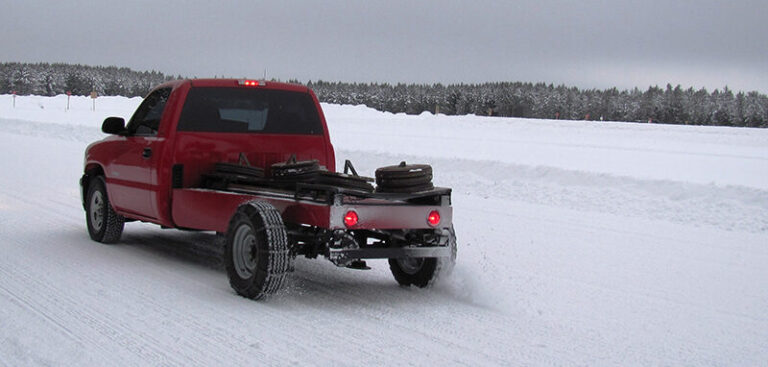A new technical paper written by two experts at Smithers Rapra presents the findings of a study, funded by the Center for Tire Research (CenTiRe), that aims to improve modeling of tire performance in winter conditions.
Written by doctoral candidate Mohit Nitin Shenvi and Eric Pierce, principal engineer, and co-authored by Dr Corina Sandu and Dr Costin Untaroiu, the paper, Correlating tire traction performance on snow with measured parameters of ASTM F1805 using regression analysis, has been published in Cold Regions Science and Technology, an international journal focusing on the science and technical problems of cold environments.
The experiment and the paper were already underway when Shenvi, a PhD candidate at Virginia Tech, began serving a co-op rotation at the Smithers Winter Test Center in Brimley, Michigan. Shenvi and Pierce’s goal was to determine whether a Matlab-based machine learning approach could be used to predict the traction coefficient of a given tire based on collected parameters. Shenvi and Pierce used data collected at the Smithers Winter Test Center over a five-year period.
“The move toward a virtual environment-based future for tire development is being discussed in many circles right now,” said Pierce. “The existence of accurate snow material models or computational models is essential for better virtual development of winter tires. Such models could ensure better evaluation of the tire during the design and development stage before the manufacturing stage.”
“The virtual world is where more and more development is being done,” said Jim Popio, vice president of the Smithers materials science and engineering division. “As proud members of CenTiRe and the support they provide the industry, we saw this as a great opportunity to develop knowledge, collaborate, and support our clients as they look to compare virtual development with real world performance.
“Snow and ice are difficult elements to model. This study goes a long way toward attempting to find those correlations that will assist with development going forward.”
The paper is free to download until August 5, 2023.



